Earlier this year, President Donald Trunp signed an Executive Order designating Mexican drug cartels as terrorists. For years, the United States Armed Forces primary mission has been to engage and defeat foreign adversaries. In the 20th Century, those forces ranged from the Axis Powers in Germany, Italy, and Japan in World War II to the Communist forces supporting North Korea and Vietnam in the Korean and Vietnam War. As threats in the Middle East amplified in the later part of the century, the U.S. engaged the Global War on Terrorism conducting operations in Kuwait, Iraq, and Afghanistan. The Global War on Terrorism that began after 9/11 saw a shift in wartime doctrine and strategy emphasizing the importance of clandestine operations. Then the shift to the Pacific focused on keeping a close eye on China and North Korea. Their threat potential has become a continual focus of the now renamed United States Department of War. However, despite all these adversaries and their overall effect on the American population, none of them has created and inflicted as much harm on Americans as the Narco-Terrorists who bring in drugs that kill thousands of Americans every year. The Center of Disease control estimated that 82,000 Americans died from drug related deaths in 2024.
Recently, President Trump declared that US Forces destroyed a boat in the Caribbean being operated by drug smugglers that were carrying illegal drugs. This targeted strike was a clear statement that the full resources, might, and weaponry of the United States Armed Forces stands ready to engage and destroy the forces of the international drug trade. Especially any acute perpetrator seeking to smuggle drugs directly into the continental U.S. In past decades, the American war on drugs has been waged predominately by local law enforcement units and Police departments in collaboration with federal agencies like the Drug Enforcement Agency and the Federal Bureau of Investigations. This strategy has consisted of tackling local operations by drug dealers and their supply sources. Whenever the scope of an illegal drug operation exceeded the capabilities, jurisdiction, and budget of the local unit, Federal resources came into the picture to assist. Historically, there has been US Government and military intervention at the international level such as when aid and intelligence was provided to the Columbian government in the killing of Pablo Escobar in 1993 and in the extradition of “El Chapo Guzman” by Mexican authorities to U.S. officials years later.
Despite the attention and concern that American policymakers and citizens have had over the effect of illegal drugs entering the border, the recent designation of the Cartels as a terror organization seems to have now put more intensity in the fight from the United States. The sinister effect of the entire drug industry has caused two types of damage. The political and territorial violence south on the border for market dominance in Mexico has produced brutal atrocities and killings. The second effect is the addiction and overdoses of Americans from Fentanyl and other drugs that have been smuggled into the United States including cocaine and heroin. Sadly, the American market has been a lucrative opportunity for stakeholders in the drug business, and the effect have been devastating tales of loss and pain to American families.
But there is hope. The commitment of the Trump administration to deal decisively with the illegal immigration issue and its connection to drug smuggling provides a critical opportunity for Americans in the war on drugs. Recently, Secretary of War Pete Hegseth spoke to American Sailors about the USS Iwo Jima, an Amphibious Naval vessel about their critical role in the US Southern Command which is set to take a large role in the fight against drug smuggling. But the most powerful weapon in the war on drugs will always be the internal American desire to decrease its demand and appetite for illegal drugs. That desire must be re-invigorated and infused with hope and the desire to take on tough conversations at the policy and community level on how to prevent drug abuse. Now more than ever is not the time for pessimism. Our children and families are always worth it.


